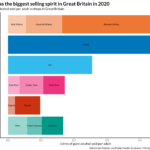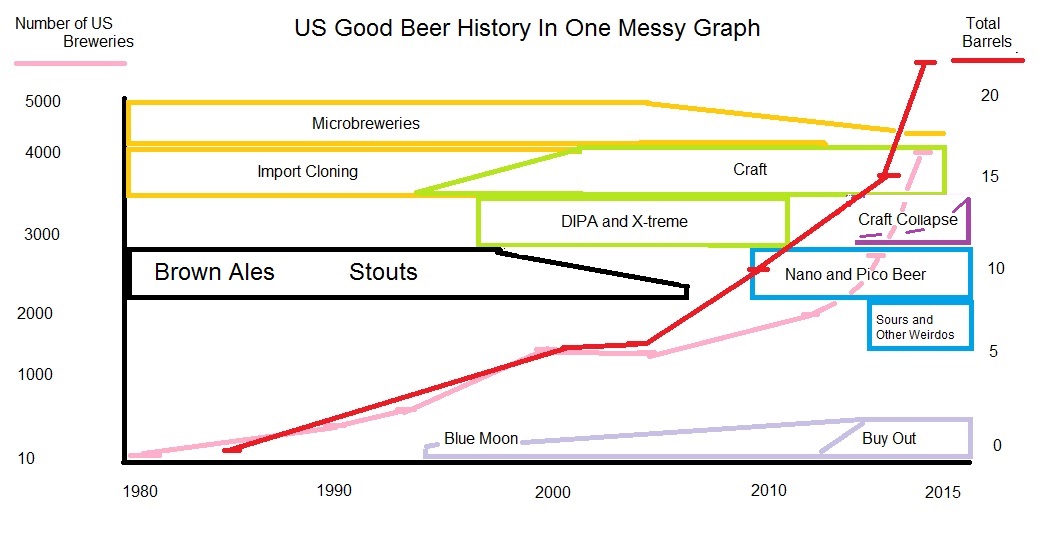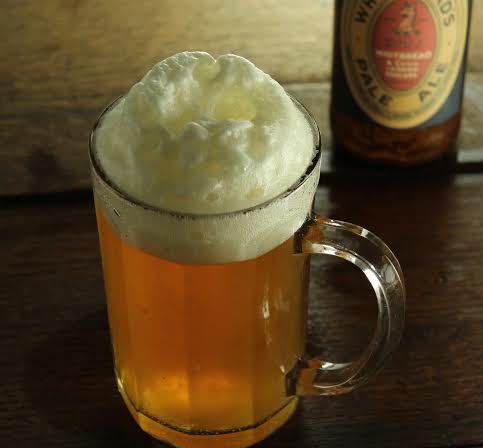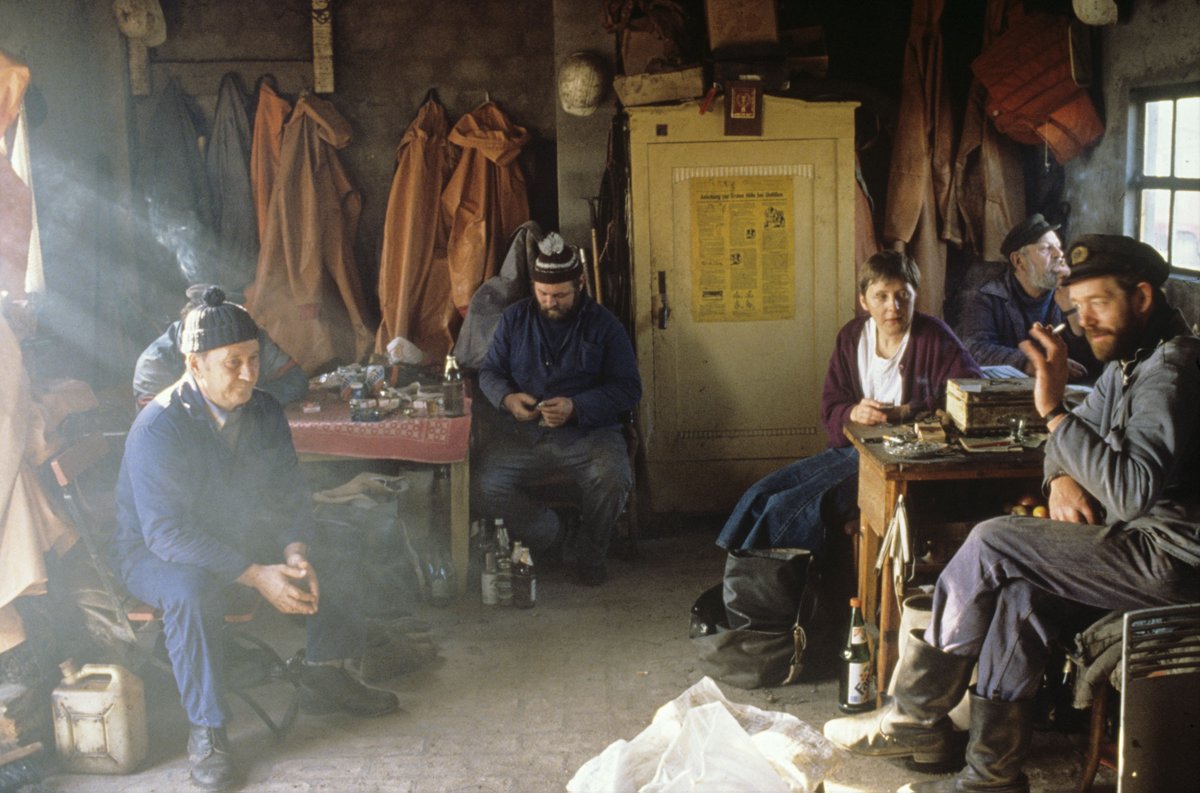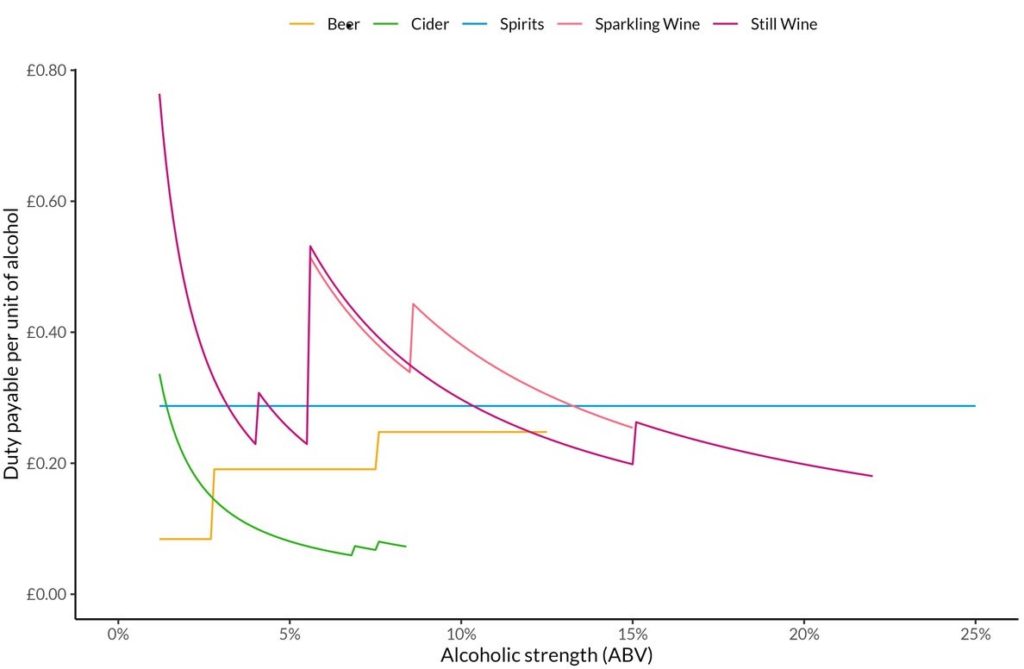What an odd week. Very bad stuff about craft beer in the UK then more about very bad things in Ontario craft beer. Didn’t help that I was reading Motherwell, a recent memoir about someone about my age whose family didn’t emigrate from the same bit of Scotland mine left behind for Canada in 1956. Grim pain and judgemental negativity pulsing through a hardscrabble family living through hard times in an industrial town near Glasgow. We dodged. Just a few phrases I heard growing up echoed. I hated “know your place” the most, especially as I didn’t have to. Why bother? Why should anyone? Why in craft beer now? Who are these assholes?
MindbogglIng. Let’s start somewhere else. Stan’s latest edition of Hop Queries came out this week with good news from the Czech Republic:
Czech farmers harvested 18.2 million pounds of hops (for perspective, that’s about as much as Americans grow of Citra alone), 40 percent more than 2020 and 34 percent more than the 10-year average. Average yield of 1,467 pounds per acre was an all-time high. (American farmers average 1,900.)
 Gary updated a series of posts that he began in 2020 – who hasn’t been up to that sort of thing? – and included the image to the left. It’s not a super huge .jpg but worth a click. I love the name of the beer – PICNIC BEER. It needs an exclamation mark. It needs to be on every brewery’s list of brands. Anyway, Gary was actually not writing so much about PICNIC BEER out of Minnesota as the use of the term “sand porter” in Montreal brewing in days of yore – by which I mean the late 1800s aka The Gilded Era:
Gary updated a series of posts that he began in 2020 – who hasn’t been up to that sort of thing? – and included the image to the left. It’s not a super huge .jpg but worth a click. I love the name of the beer – PICNIC BEER. It needs an exclamation mark. It needs to be on every brewery’s list of brands. Anyway, Gary was actually not writing so much about PICNIC BEER out of Minnesota as the use of the term “sand porter” in Montreal brewing in days of yore – by which I mean the late 1800s aka The Gilded Era:
Until recently I felt the sand-topped lid idea made the most sense (some English brewers still practiced it into the next centuries, using “marl”, a similar idea). However, in studying recently the history of a Minnesota brewery, Fleckenstein, I now have a further idea what sand porter meant.
 Speaking of yore, the free web service known as A London Inheritance included a post on the George Inn in Southwark which was, as we all recall, the subject of Pete Brown’s book Shakespear’s Local. Lots of unconventional photographic views and mapping, like this one to the right giving a very unromantic vision of what you actually see from across the street. It is actually a massive post. A data fest. Well worth reading. The post includes this astute observations about the value of certain second hand books:
Speaking of yore, the free web service known as A London Inheritance included a post on the George Inn in Southwark which was, as we all recall, the subject of Pete Brown’s book Shakespear’s Local. Lots of unconventional photographic views and mapping, like this one to the right giving a very unromantic vision of what you actually see from across the street. It is actually a massive post. A data fest. Well worth reading. The post includes this astute observations about the value of certain second hand books:
Old books help as they provide information closer to the time they are recording. Some care must be taken to double check, but they are a good source of information. These books also have their own history as they pass from owner to owner over the years, accumulating a memory of their time with some of the owners of the book.
The post then goes on to highlight photos and even a letter relevant to the subject that had only been stuck in copies of books that he had found over the years. All fabulously illustrating the unique archival value blogs. Much praise to the author… whose name is not particularly highlighted on the site. Freddie?
 On a similar theme but in a colonial context, I saw a reference on Facebook to Ten Mile House in Halifax, NS (my old home town) this week and wondered what shape that was in:
On a similar theme but in a colonial context, I saw a reference on Facebook to Ten Mile House in Halifax, NS (my old home town) this week and wondered what shape that was in:
The house was located ten miles from Halifax on the Bedford Highway. It was built in the late 1700s for Colonel Joseph Scott on land granted to him in the 1760s. In 1798 it was called Scott’s Inn, and opened as a House of Entertainment by John Maddock. Joseph Scott died in 1800 and his widow Margaret conveyed property to John Lawlor. Who opened and operated Lawlor’s Inn from 1802- 1809, possibility later.
Nice image at the Nova Scotia Archives website. As you can see from the thumbnail it is now sitting well back of the main road, the Bedford Highway, but looks from photos on Google to be in very good shape right by The Chickenburger. There are plenty of these colonial taverns and inns out there if you know what you are looking for. Like a favourite of mine, the Fryfogle. Interesting note: at the time Ten Mile House was in operation as Scott’s Inn in the late 1790s, it was just down the road from the estate of Queen Victoria’s father, the Duke of Kent. The tavern not the Chickenburger. The Chickenburger is old but not that old. I will pay it a visit when I am back there in early March.
And in one last note about built heritage of pubs, taverns and inns this piece in Eater Chicago was interesting in terms of how one preservation project was undertaken:
While Lincoln Square reconfigures during the pandemic — across the street from the Brauhaus space, the Huettenbar has quietly closed (owners hold to hope that it could eventually reopen) — fans can take solace that the Brauhaus has returned in a slightly different format. The bar, at least in spirit, is now located on the second floor of the DANK Haus German American Cultural Center.
In a less physical form of preservation, Edd Mather posted this bit of video on facebook, a fabulous step back into the near past of Ireland and the question of corks v. crown caps which relies on any number of associated technologies:
OK – the bad news. I have mentioned this before so let’s be upfront. Once upon a time, BrewDog sponsored this blog. When they were tiny, not the £2 billion international corporation they are now. I still have that label from a sample they sent at the time and it was put on with Scotch Tape. Well before the stupid squirrel and certainly well before BBC Scotland News detailed what apparently everyone in the trade knew but too often was not willing to put into print. The main allegations so far:
a. James Watt owns a massive amount of shares in the global beer brand Heineken hypocritically contrary to his “big beer is bad” stance.
b. James Watt is accused of being a pervy boss;
c. BrewDog falsified paperwork submitted to allow it to import into the United States; and
d. BrewDog carefully structured the Equity for Pinks fundraising to benefit the brewery and not the investors.
This reaction to the first bit of news is gold. Deals between breweries started to come apart. Punks with Purpose said the fight goes on. There were also calls for a resignation. Also questions: “why the obsession?” I will leave it there* as you all know this – and my job is to root out the unknown and beery for your reading delight.** BrewDog has not been delightful for many many years. But we need to remind ourselves, while they are big they are just one of many – as @esbroadfoot helped remind us by inviting and sharing stories of rotten treatment, largely in the Canadian craft scene.
Still, by Wednesday, it all seems to have put JJB/Stonch in a reflective mood:
Placing orders to fill an empty pub cellar has made me realise what an amazing choice of absolutely superb beer from independents I have. Yes, the craft beer industry has its bad sides, and faces daunting challenges this year, but let’s not forget how brilliant it is.
He’s always hated BrewDog pubs (“…Awful aesthetic, odd places….”) but appreciates how others feel cheated. He also reminds us to be kind to the good folk who distribute our beer. He also posted a link to a 15 year old post about the horrors of a pub crawl in St. Albans, home of CAMRA, for a fair and balanced set of thoughts.
Elsewhere in space and time, Ron has been exploring the colour of milds and has come across a new unit of measurement – tint!
The biggest problem is the lack of hard data. It’s tricky calculating the colour from the ingredients, especially when sugar is involved. As this is mostly only described very vaguely. There are very few records of beer colour before WW I. Occasionally chemical analyses will include a number for the colour, mostly in some weird scale that died out 100 plus years ago. Only a handful of Barclay Perkins records from the Edwardian period include the beer’s colour. At least that’s what I thought. Until I happened to notice that line in a Fullers brewing record. That “Tint” number looked like it was in an understandable scale. The type of Lovibond used before WW II.
Even further afield, does Syracuse have a low estimation of its own worth in the beer world? Like Toronto? As bad as that? I spent a lot of time in Syracuse up to a certain point… the point at which the Canadian dollar collapsed from parity to 75 cents frankly. For AAA baseball. For the beer shopping day trips. For bars now long gone like The Blue Tusk and Clark’s Ale House. For Wegman’s. I love Syracuse. I used to cross sometimes just for the white hots. Je me souviens… but more to the south…
Finally, note: union made. Nova Scotian beer cases always said that too. Plus health tax included. So by drinking beer you knew were doing your part. I might do a bit of that when I head out east in March, too.
That’s it for now. Too much. For more check out the updates from Boak and Bailey mostly every Saturday and from Stan every Monday, plus more with the weekly Beer Ladies Podcast, and at the weekly OCBG Podcast on Tuesday and sometimes on a Friday posts at The Fizz as well. There is a monthly sort of round up at The Glass. (Or is that dead now?) There is more from the DaftAboutCraft podcast, too. And the Beervana podcast. And sign up for Katie’s irregular newsletter, The Gulp, too (… back this week!) And check out the Atlantic Canada Beer Blog‘s weekly roundup. Plus follow the venerable Full Pint podcast. And Fermentation Radio with Emma Inch. The AfroBeerChick podcast as well! And also look at Brewsround and Cabin Fever. And Ben has his own podcast, Beer and Badword (which I hope is revived soon…) And remember BeerEdge, too, and The Moon Under Water.
*But if this is correct and such acts are common in craft beer, well, we can all agree that anyone who knew this and is claiming to be reporting on the beer trade… is pretty much a fail, right? If not complicit… right?
**Plus I am aware of my own little realistic chance of not ending up in HELL!!!



